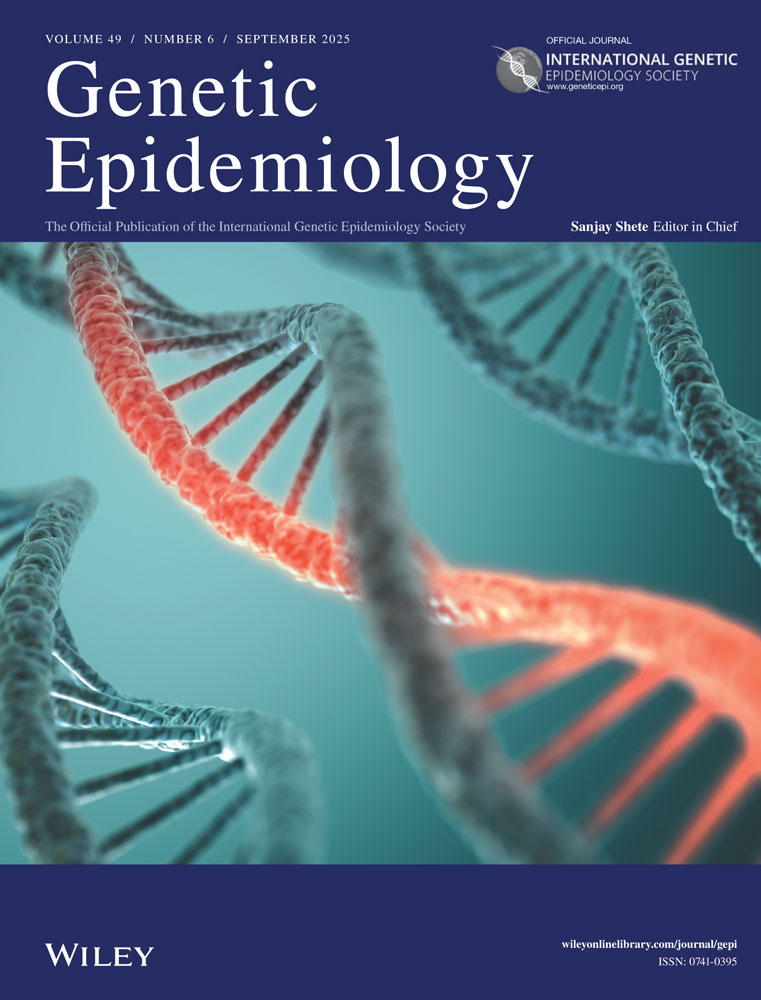Modelling sibship environment in the regressive logistic model for familial disease
Abstract
Recently analytical models for pedigree disease data have been developed that combine genetic and epidemiological modelling techniques. The regressive logistic model [Bonney, Biometrics 42:611–625; 1986] relies on decomposing the likelihood of a pedigree into the product of conditional probabilities, one for each individual, by imposing a (natural) order on pedigree members. In addition to modelling measured epidemiological variables, vertical transmission, transmission of unmeasured ousiotypes (a special case being genotypes), and some modelling of sibship dependencies have been proposed. In this paper the model is extended to include an unmeasured sibship environment factor using a log-linear model for binary pedigree traits [Hopper et al., Genet Epidemiol 1:183–188; 1984], which breaks the pedigree into conditionally independent groups. Statistical issues, such as designs for which these factors will be discernible and tests of fit, are discussed.




